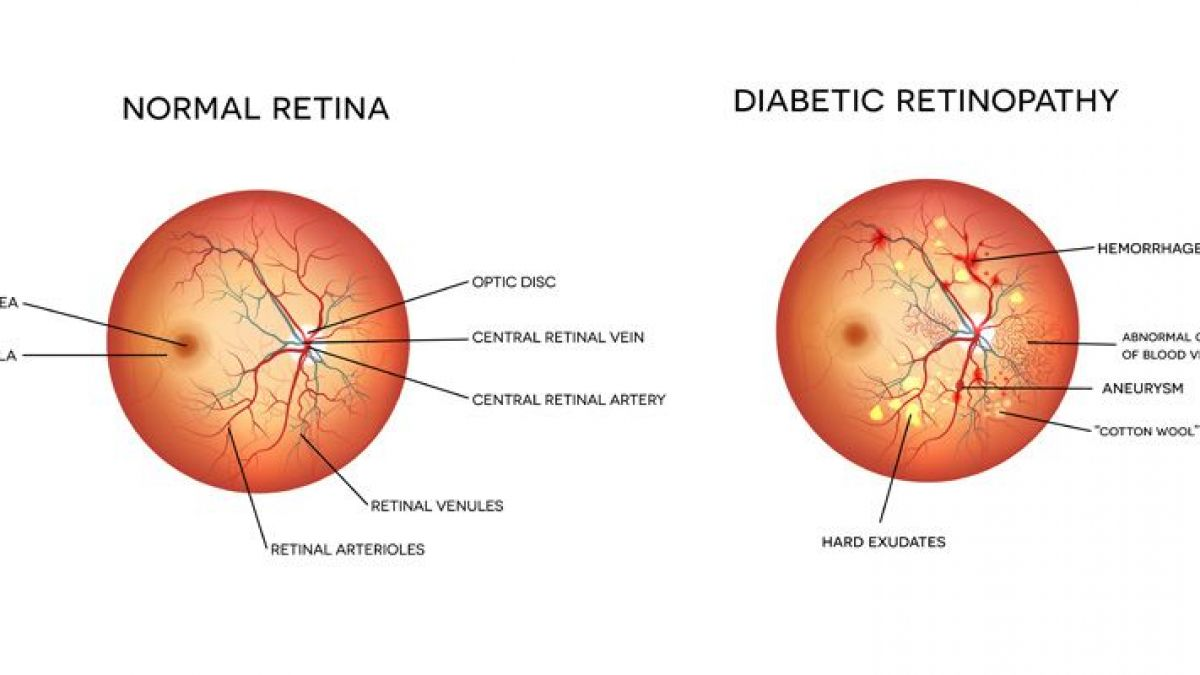Newer Treatments For Diabetic Retinopathy
Diabetic retinopathy is a complication that stems from diabetes. It damages the blood vessels of the retina and affects vision. Research suggests that every 1 in 29 people can have diabetic retinopathy, something that can lead to blindness. This is why Doctors and healthcare professionals consider treating diabetic retinopathy a challenge

But the advent of technology has introduced several new treatments for diabetic retinopathy.
-
Nogo-A by NovaGo
Noga-A, introduced by NovaGo, is an antibody prepared with the help of Neuroimmune's Reverse Translational Medicine (RTM) platform. It targets the protein to treat diabetic retinopathy and prevents any damage to the back of the retina.
Studies have shown that Noga-A stops abnormal neovascularization and restores the blood supply in the retina. This normalizes the retinal functional activity.
-
Photocoagulation
Photocoagulation is a laser treatment that slows the leakage of blood in the eye. It uses a laser to treat laser burns.
This minimally invasive procedure effectively prevents any abnormal leaking of blood vessels in the eyes.
-
Panretinal Photocoagulation
Panretinal Photocoagulation is also a laser treatment that shrinks the abnormal blood vessels. It treats the retinal areas that are situated away from the macula with the help of scattered laser burns. This causes the blood vessels to shrink.
-
Vitrectomy
Vitrectomy is a procedure that uses a tiny incision to remove the blood from the eye. This might be painful, but the pain shall subside in a few days.
-
Injection of Medications
Doctors also resort to the injection of medications into the eyes under general anesthesia.
Conclusion
Since Diabetic retinopathy can potentially cause vision loss or blindness, healthcare researchers are always looking out for newer methods to treat it effectively. The best way to save the vision is by adhering to the advice of healthcare professionals and maintaining a healthy lifestyle.